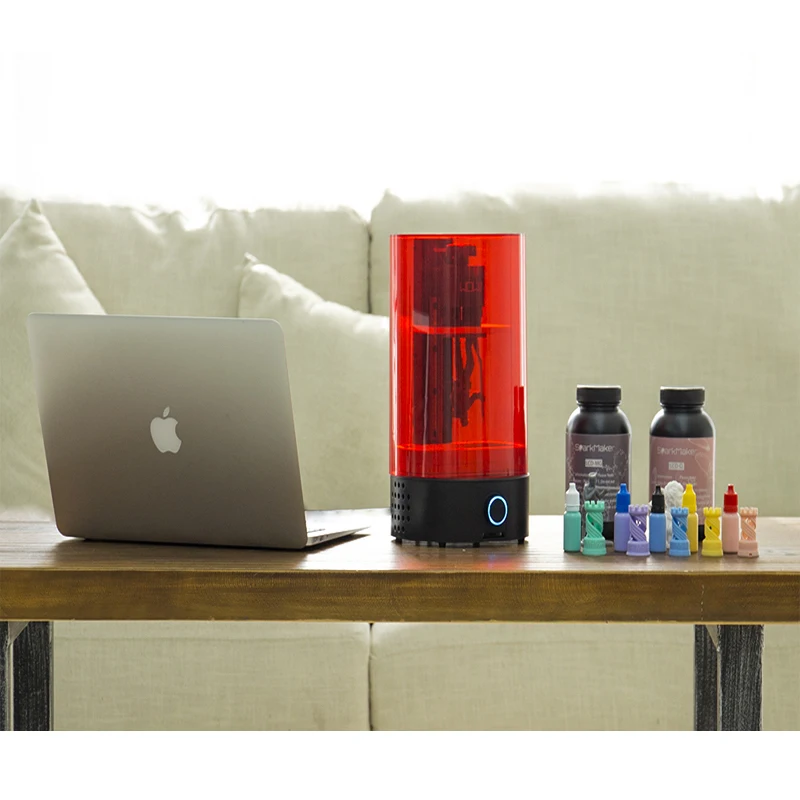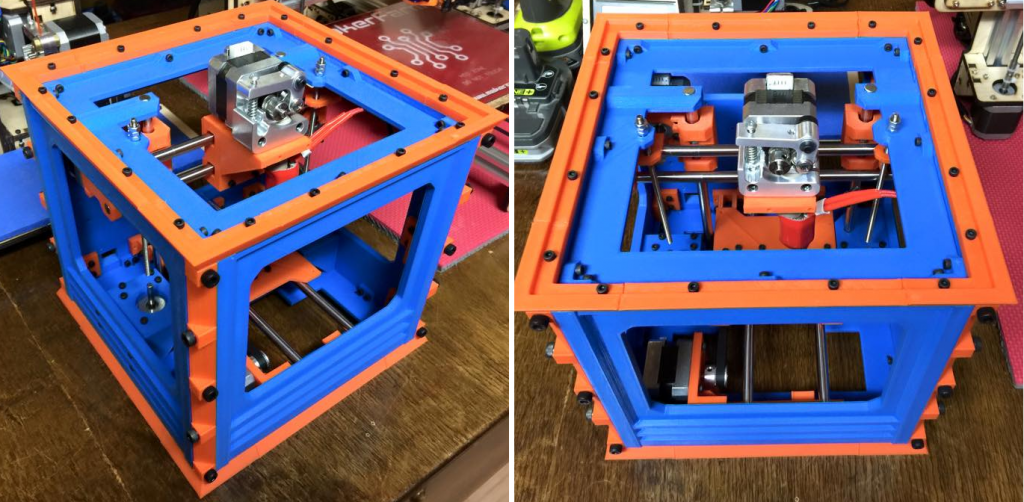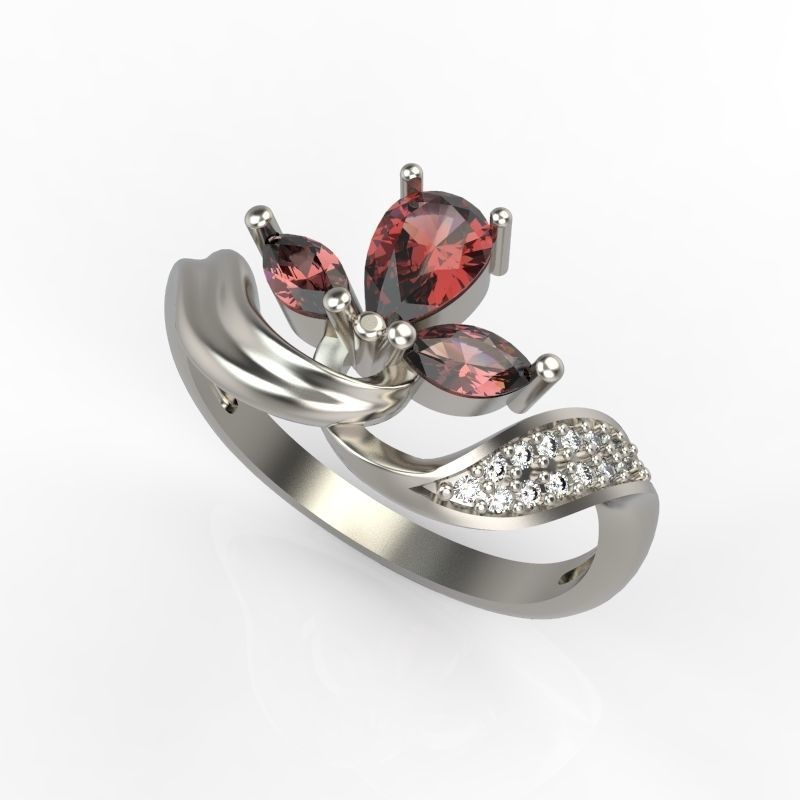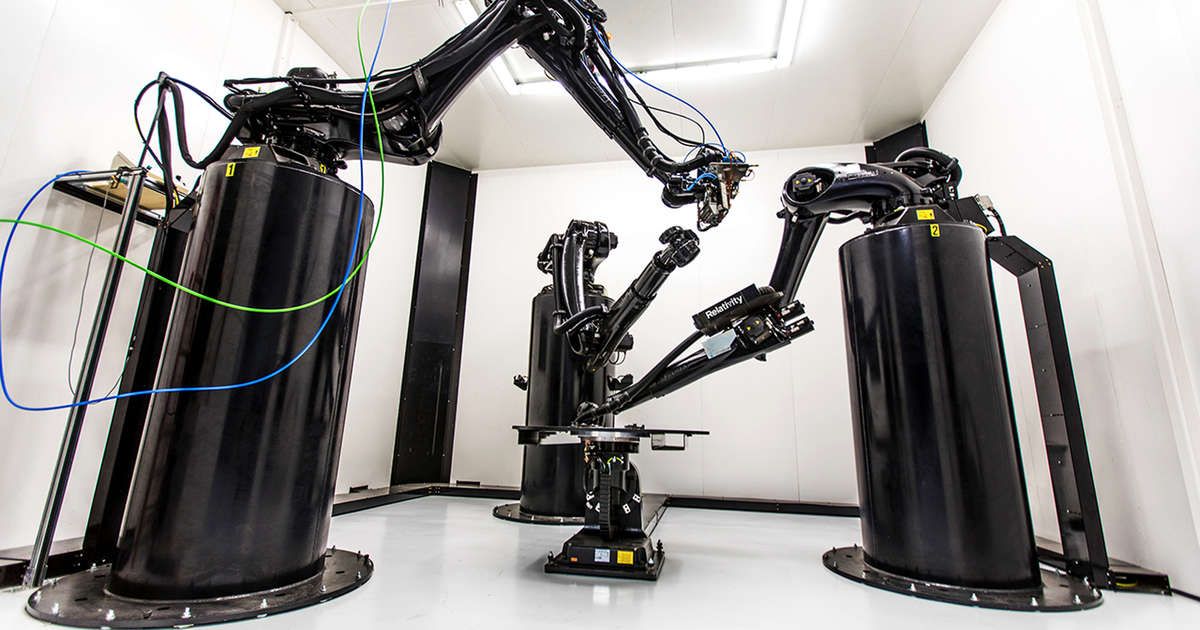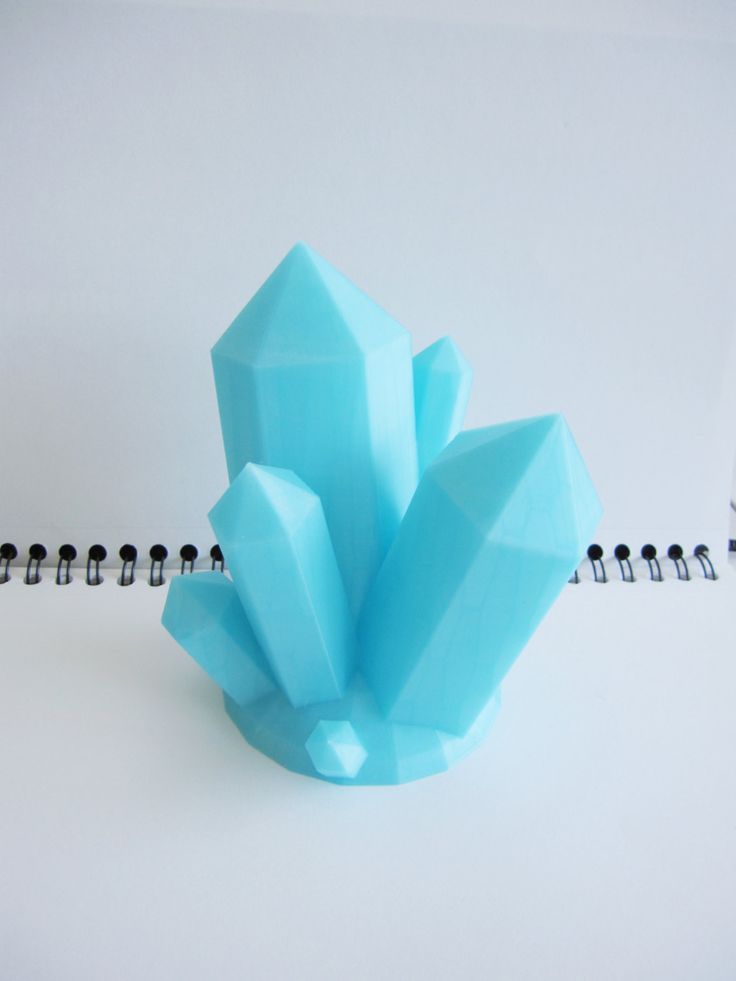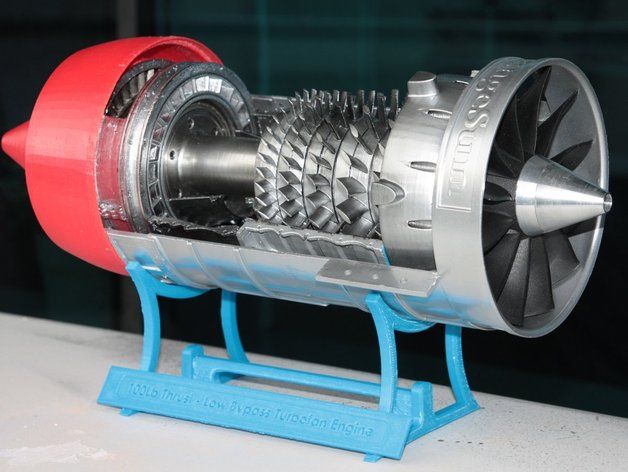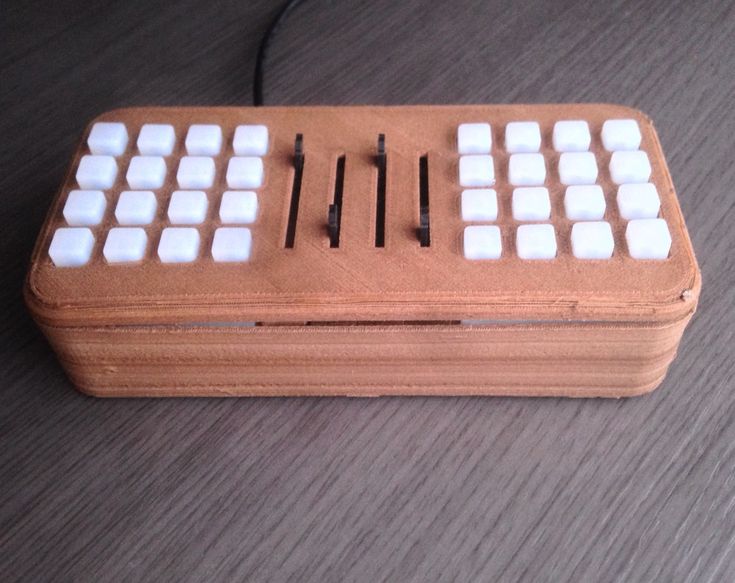Sparkmaker 3d printer
Review of the SparkMaker Original Budget SLA 3D Printer
Log inSign up
Please ensure that JavaScript is enabled in your browser to view this page.
Most 3D printers today use the FFF (Fused Filament Fabrication) process, which is also sometimes referred to by the proprietary FDM (Fused…
Most 3D printers today use the FFF (Fused Filament Fabrication) process, which is also sometimes referred to by the proprietary FDM (Fused Deposition Modeling) name. Those printers work by melting thermoplastic filament, and then extruding the plastic onto the build plate in layers. That process is quick, affordable, and produces relatively strong parts. But the SLA (Stereolithography) printing process generally yields higher quality results. SLA 3D printers used to be expensive, but the SparkMaker Original is very affordable, and I recently tested one out.
The SparkMaker Original launched on Kickstarter back in 2017, and it’s still one of the most inexpensive SLA 3D printers on the market. The SLA printing process works using photopolymer resin that hardens when it’s exposed to UV light. That light can come from lasers or from LEDs that are masked by an LCD screen. The latter method is cheaper, and is what the SparkMaker Original utilizes. The XY resolution is determined by the resolution of that LCD screen — 720p in this case.
On paper, the SparkMaker Original has some respectable specifications: a 98*55*125mm build volume, a 0.1mm XY resolution, a 0.02mm Z layer thickness, and a single layer print time of 8–15 seconds. There are a variety of resin types available depending on your intended applications, and the printer is very compact and desktop-friendly. But to find out if it’s actually any good, I had to test it out for myself.
The first thing I noticed is how small the SparkMaker Original is — the entire machine is roughly the size of a gallon jug. It came packaged securely in styrofoam with everything I needed to get started, including a bottle of standard LCD-BW resin.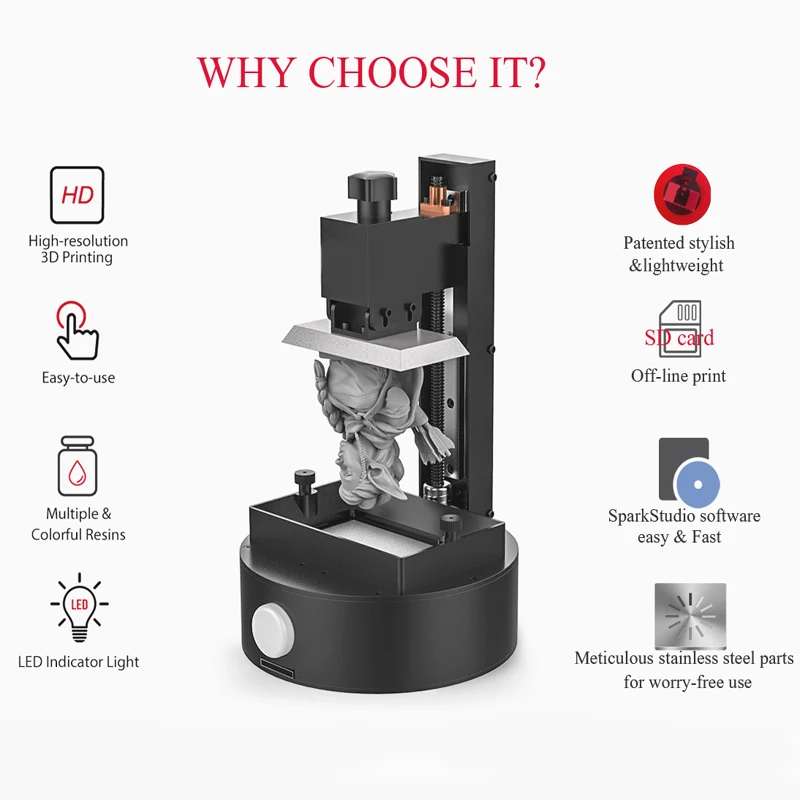 Best of all, no assembly was required. The only thing that needs to be done before printing is to level the build plate, which is a process that takes less than a minute.
Best of all, no assembly was required. The only thing that needs to be done before printing is to level the build plate, which is a process that takes less than a minute.
After the build plate is leveled, you can use the free SparkStudio software to slice an STL 3D model and copy it over to the included SD card. The software is very simple, and comes pre-configured for the SparkMaker Original and a handful of their resin types. The only downside is that you can only have one printable file on the SD card at any given time, as it has to be called “print.wow” to work.
Once your model is sliced and on the SD card, you can insert it back into the 3D printer. Then follow the proper safety precautions to fill the reservoir with resin — it’s toxic, so be very careful and wear gloves and safety glasses. Strangely, the power switch is on the cord coming from the power supply, and there is no switch on the machine itself. Once it’s on, you just push the dial in to start the print.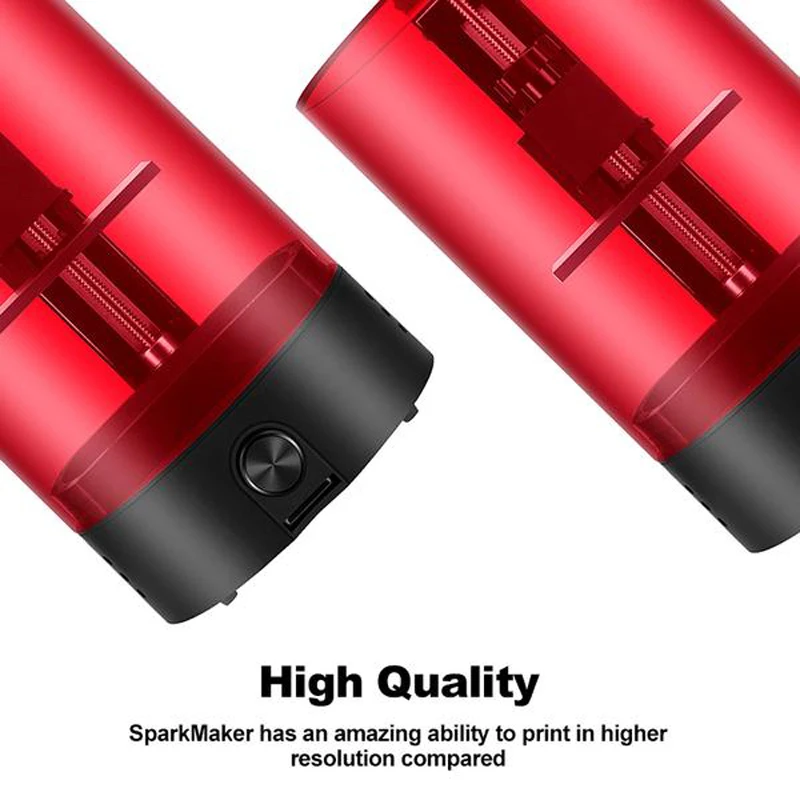 There is no screen, no way to select specific files, and no way to connect the printer to you computer.
There is no screen, no way to select specific files, and no way to connect the printer to you computer.
After starting the print, be prepared to sit back and wait a long time. The process isn’t fast, even on the “fast” slicer settings, and I seriously doubt that “8–15 second” layer time specification is correct. The first model I printed, a Dungeons & Dragons figurine (pictured below) measures less than 50mm tall, and it still took approximately 7 hours to print on “balanced” settings. Unfortunately, even with that amount of time, I wasn’t impressed by the results.
It may be difficult to make out in the photo, but the fine details were muddled. SLA printers are supposed to be ideal for models exactly like this, but I can’t confidently say that the results from the SolidMaker Original were any better than from an FFF 3D printer. The main benefit is that there aren’t any noticeable layer lines.
I figured it might be possible that using the highest quality print setting would improve things, so I printed a second model using those.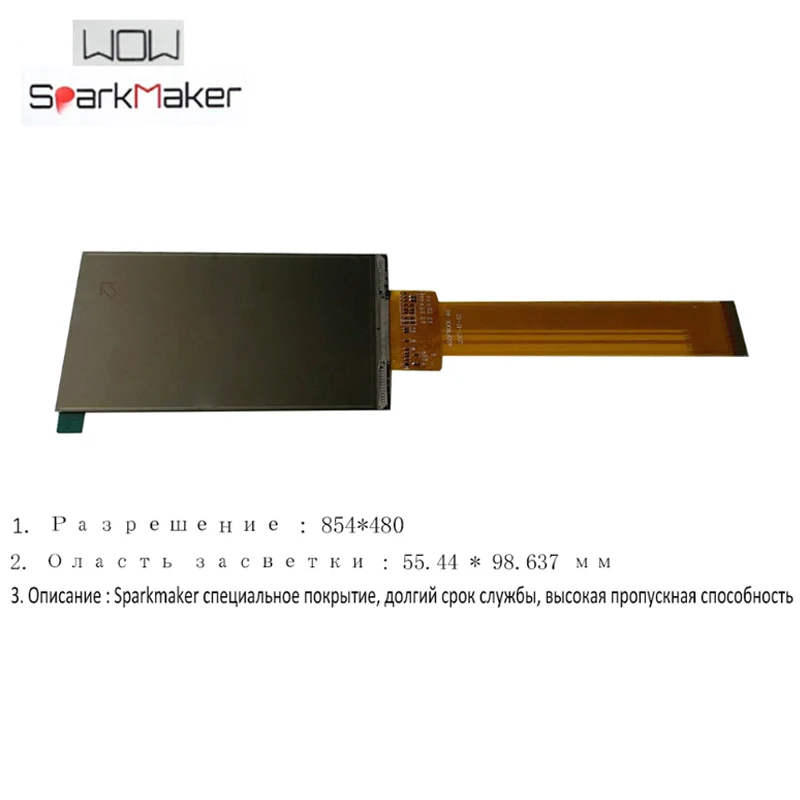 Sadly, as you can see in the picture below, the results really weren’t any better. As far as I can tell, changing the quality settings simply adjusts the layer height and does nothing for the XY resolution. So, once again, the fine details of the model were lost.
Sadly, as you can see in the picture below, the results really weren’t any better. As far as I can tell, changing the quality settings simply adjusts the layer height and does nothing for the XY resolution. So, once again, the fine details of the model were lost.
For one last test, I printed the sphere below. This one was printed on “fast” settings. This turned out well, likely because there were no fine details. This model is ideal for the smooth surfaces that the SparkMaker Original seems to want to produce.
But what if quality is less important to you than reliability? Unfortunately, that doesn’t seem to be a strong point here either. Every other print job I tried completely failed. That was because the LCD window would become covered in a layer of semi-cured resin. In order to get a successful print, I had to completely empty the reservoir and then carefully peel off that layer of resin. That’s a tricky job considering the toxicity of the resin.
Finally, I have some nitpicks about the mechanical design of the machine.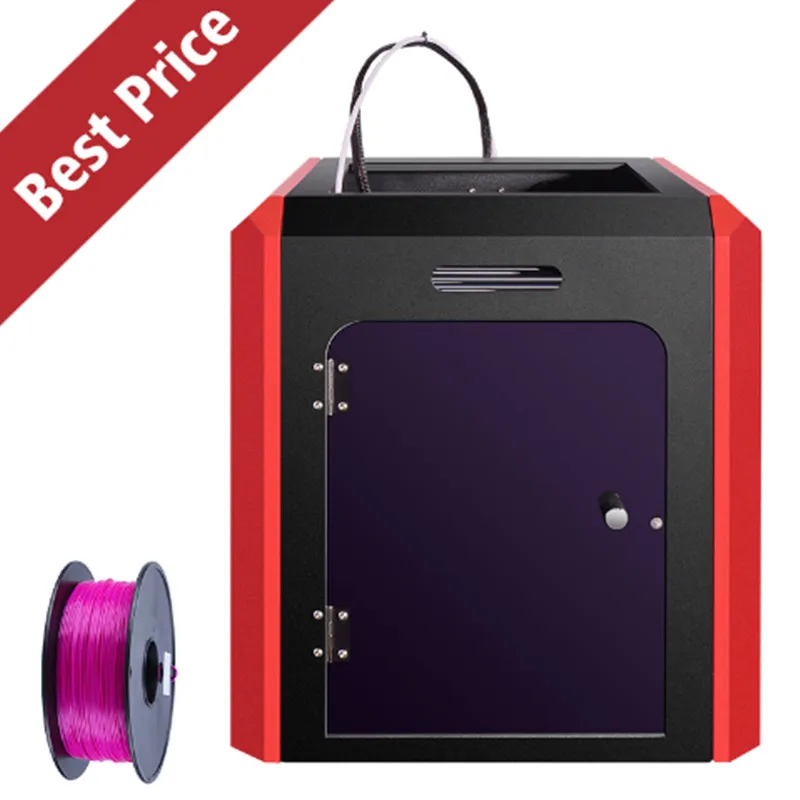 The most glaring is that the top of the build plate is completely flat, so resin will pool there. Virtually every other SLA printer has the top of the build plate sloped to avoid that, but it seems SparkMaker was cutting costs here. The protective UV-resistant cover also doesn’t have anything to hold it in place, so a bump can push it into the build plate.
The most glaring is that the top of the build plate is completely flat, so resin will pool there. Virtually every other SLA printer has the top of the build plate sloped to avoid that, but it seems SparkMaker was cutting costs here. The protective UV-resistant cover also doesn’t have anything to hold it in place, so a bump can push it into the build plate.
At the end of the day, I can’t recommend the SparkMaker Original with a good conscience. It’s very affordable at just $249 (even less with a coupon), but there are other models on the market at comparable price points with better specifications, additional features, and more favorable reviews.
Cameron Coward
Writer for Hackster News. Maker, retrocomputing and 3D printing enthusiast, author of books, dog dad, motorcyclist, and nature lover.
Latest articles
Read moreRelated articles
SparkMaker Original SLA - 3D Print General
Skip to main contentClose Search
$139.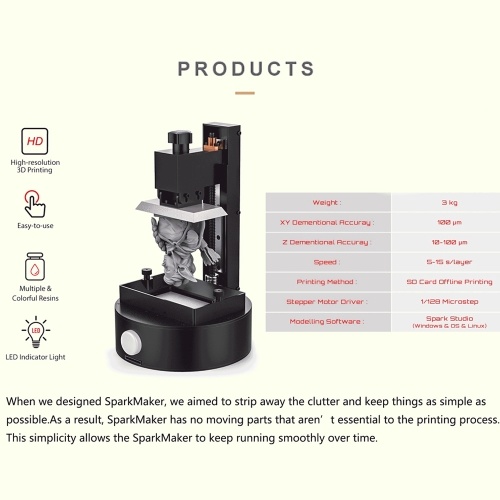 99
99
This was the second ever resin printer I tried. This one does not have a touch screen, but it is likely one of the least expensive SLA machiens you can find, and the prints still look good.
Here is my review video: https://www.youtube.com/watch?v=3mgEJ_atX2E
Category: Resin Tag: SLA
- Description
- Additional information
Description
- [SLA 3D Resin Printer for Precise Printing] – Solid built and industry-grade Z-axis linear guide is easy to level, allowed to print at 100 micrometer XY resolution and up to 20 micrometer Z layer thickness, ensuring a higher resolution and stability but avoiding wavy lines during printing. Unlike most FDM SLA LCD 3D printer, 24 UV LED light sources inside are uniformly distributed in each parallel panel, which delivers more evenly radiation so that print out a better-shaped and preciser model.
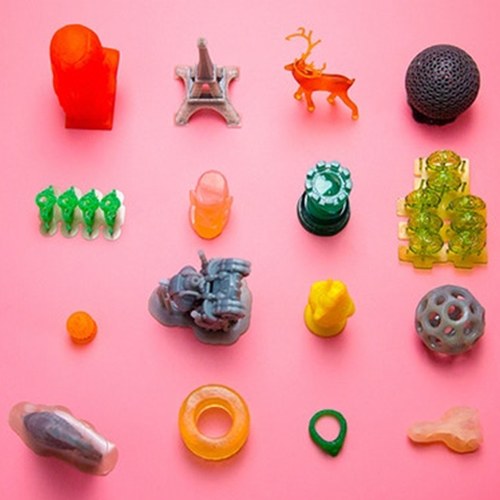
- [One-click Operation & Fully Assembled] – This family-friendly mini desktop SLA 3D printer is almost fully assembled, best choice for hobbyist, beginners and professionals or as a Halloween Christmas gift. Printing platform, leveling device, resin tank and slicing software are already set up, you can get started right out of the box. One click of the button to start, pause or stop as you required, so that you can operate it flexibly and worry free with this easy-to-use LCD 3D printer.
- [Professional Slicing Software & Off-line Printing] – This UV photocuring 3D resin printer is compatible with the built-in fastest slicer – ChiTuBox slicing software, which supports Mac, Windows, and Linux system. Relevant test files, preloaded models, software, guide videos are included in SD card to finish slicing instantly. Without connection problem, it will realize off-line printing and produce highly detailed & much smoother objects in an excellent ventilation and quite printing status.
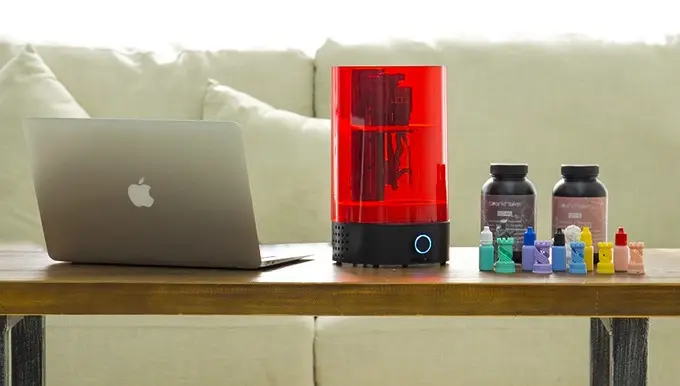
- [Multiple & High-end Resin Material] – SparkMaker photosensitive resin features standout rigidity, elasticity, hardness, super clear while they show great performance in kids education and family entertainment, industrial & medical parts modeling. We have adopted imported photoinitiator so it has stable color paste and helps model shape up faster and preciser with less smell producing. The durable all metal resin tank is removable and easy to clean, which also can avoid resin leakage.
- [Buy with Full Confidence] – Inspired by the advanced ergonomic technology, our professional R&D team with innovative experts is committed to designing this high quality, yet affordable SparkMaker 3D resin printer kit. Rest assured that we have one year warranty (LCD, light board & resin tank within 2-month, FEP film excluded) & UL certified for your safety. If you have any questions, please feel free to contact us via [email protected] to get reliable 24/7 after-sale service.
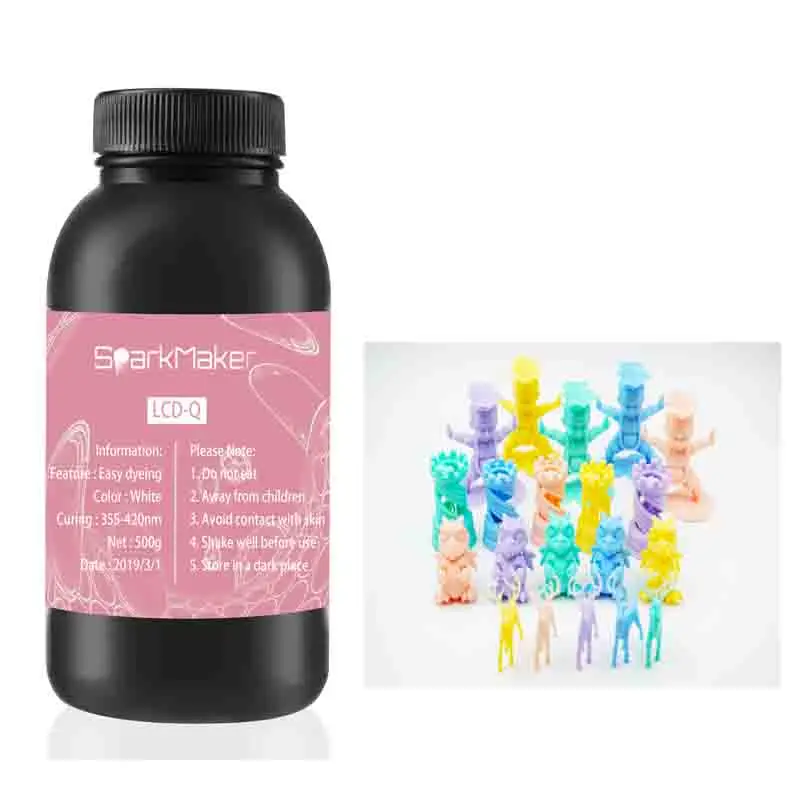
Close Menu
We announce the winners of the "Play Box with Filamentarno!"
Miscellaneous
Subscribe to the author
Subscribe
Don't want
15
We are in a hurry to announce the results of the "Play Box with Filamentarno!"
But first of all, we want to thank all the participants and their sympathizers for the articles and support! As always, you all surprised us, there were no "passing" works! Thank you!
Well, now let's get down to business. Since the choice was really difficult, the jury had many favorites, but we pulled ourselves together and came to a consensus. However, we had to expand the number of nominations :) So, the results:
1. First place in the article "DIY in an adult way or a summer-long project". Nice, well done project. And although there was not much 3D printing directly in it, the author clearly knows how to choose the right material to implement his plan.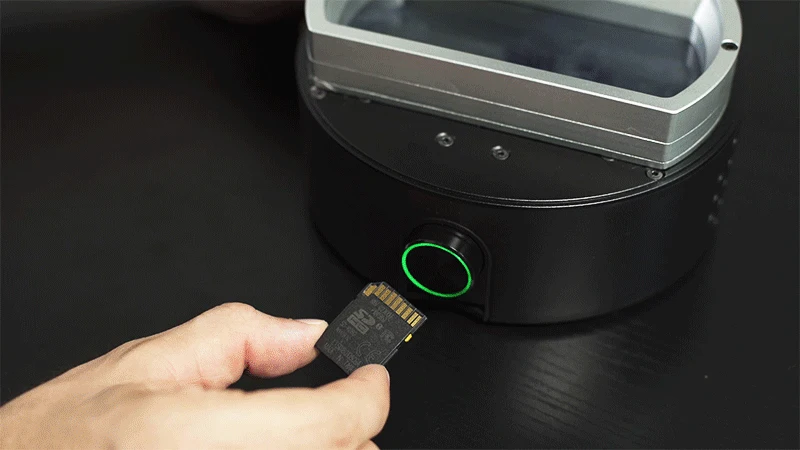 And we hope that he will continue to delight us with high-quality photographs and an interesting description of his projects! Author Dark_Sarmat is awarded ten spools of our plastic to choose from . Congratulations to the winner!!!
And we hope that he will continue to delight us with high-quality photographs and an interesting description of his projects! Author Dark_Sarmat is awarded ten spools of our plastic to choose from . Congratulations to the winner!!!
2. Audience Award, of course - GRANDFATHER maccabeus for a sparkling article about an airplane and jzhzhzhzhzhtrrrr..dyts! The author has three spools of our plastic of his choice.
3. Our personal prize for the article "A little Filamentarno for engineers and dreamers!" gets dnpro. A beautiful project in which engineering skill and the dream of Baikal are intertwined. The author of the article receives a Total GF-30 plastic reel to continue experiments with ice))
4. Also our personal prize - for an article about typhloreproducts (enriched our vocabulary at the same time!). Sparkling text and useful project, thanks to the authors! The project is awarded with 5 spools of ABS Standard plastic. Suddenly they will order paintings, but plastic is at hand))
5.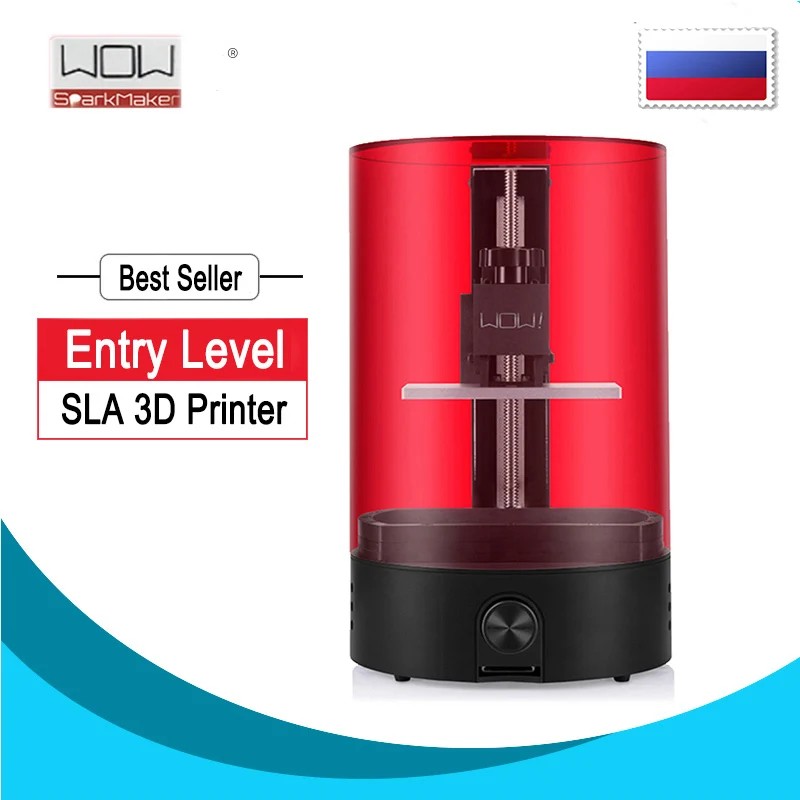 ALL AUTHORS of ARTICLES for the contest have a 30% discount on all our plastic until the end of 2020!
ALL AUTHORS of ARTICLES for the contest have a 30% discount on all our plastic until the end of 2020!
Once again we thank all the authors, we really appreciate your work! Over the next week, we will contact all participants of the competition in a personal to discuss the issues of obtaining prizes and discounts.
With sincere gratitude,
Filamentarno!
3D printing filamentarno boxfilamentary2020
Follow author
Follow
Don't want
15
2
Follow author
Follow
Don't want to
As soon as 3D printing began to gain popularity, a few years ago, TV often showed...
Read more
one
Follow the author
Follow the author
Don't want
SHINING 3D, a global digital technology brand, manufactures high-quality and accurate equipment, whose capabilities are.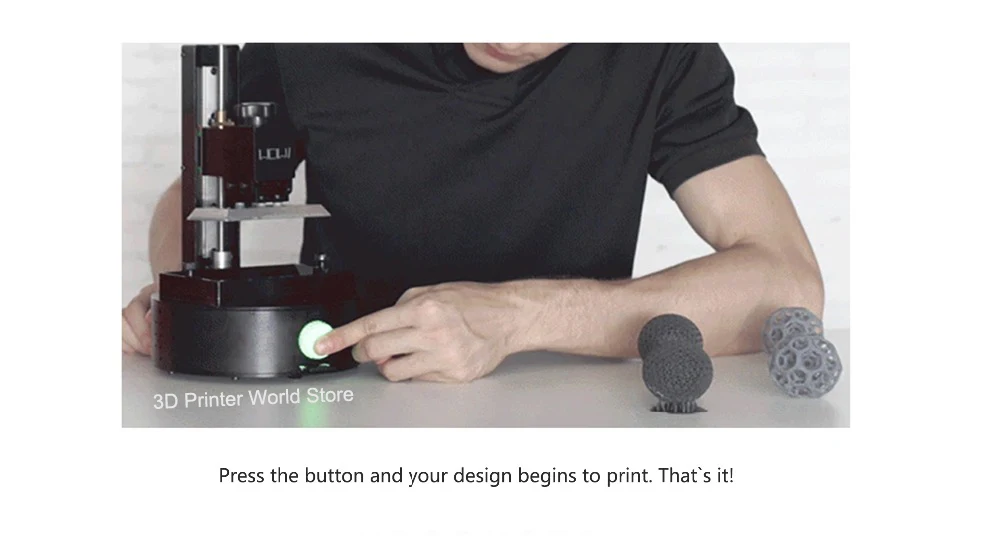 ..
..
Read more
CEPKO777
Loading
02/08/2018
140127
274
Subscribe to the author
Subscribe
Don't want
Hello everyone. After buying a printer and realizing the principle of operation of CNC machines, I began to look at others ...
Read more
FDM large format printers Discovery 3D Printer
Rapid prototyping
Experts recommend
3D printers
Author: Semyon Popadyuk
Author: Semyon Popadiuk
Key Benefits of Discovery 3D Printer | Technology and features of the 3D printing process | Applications | Equipment line | Implementation History: FDM Printing for the Navy | Results: briefly
We are already seeing real examples incredible flexibility and efficiency of additive manufacturing in the context of the global economic crisis.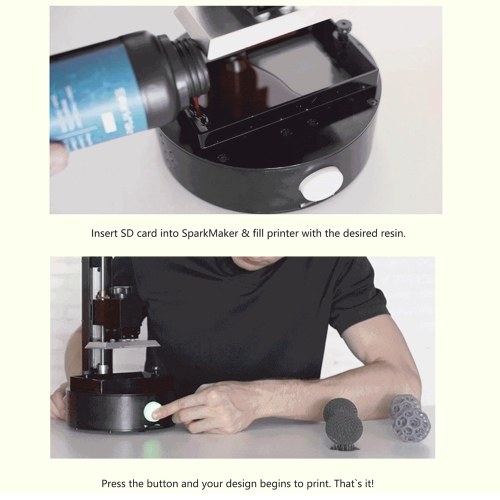 Experts argue that the pandemic will bring the Fourth Industrial Revolution closer, and many businesses today see digital technologies as a means of survival, and not just to increase competitiveness in the market.
Experts argue that the pandemic will bring the Fourth Industrial Revolution closer, and many businesses today see digital technologies as a means of survival, and not just to increase competitiveness in the market.
iQB Technologies continues to expand its product portfolio: in April 2020, our company became the exclusive distributor in Russia of Discovery 3D Printer industrial 3D printers from the Spanish manufacturer CNC Barcenas. For the first time, we present equipment for 3D printing of large-sized products and prototypes based on FFF/FDM technology.
CNC Barcenas is a rather young business: it is a little over ten years old. Since 2009, the company has been specializing in the production of CNC machines (milling, engraving and laser cutting), and in 2014 it expanded its capacity by starting the development, design and production of unique industrial 3D printers.
Bumper
Equipment: Super Discovery 3D Printer, material: ABS with carbon fiber, dimensions: 1800 x 600 x 4500 mm, weight: 12 kg
The first solution for the 3D printing market was the Discovery 3D Printer, followed by the even more innovative and large-format Super Discovery 3D Printer, based on the direct extrusion of polymer pellets. In 2019, the Super Discovery 3D Printer Workstation, an industrial 3D printing and post-processing system, was introduced. In 2021, an updated and improved modification of the Discovery 3D Printer 2021 was released, as well as the Super Discovery 3D Printer Compact and Hybrid models.
In 2019, the Super Discovery 3D Printer Workstation, an industrial 3D printing and post-processing system, was introduced. In 2021, an updated and improved modification of the Discovery 3D Printer 2021 was released, as well as the Super Discovery 3D Printer Compact and Hybrid models.
CNC Barcenas continues its pioneering work and is today one of the leaders in the European large format 3D printing market with many large scale projects to its credit.
Submit the online application and we will advise you in detail on the implementation of 3D printing in the industry!
Key benefits of Discovery 3D Printer
-
Much lower cost printers than competitors offering the same technology and quality.
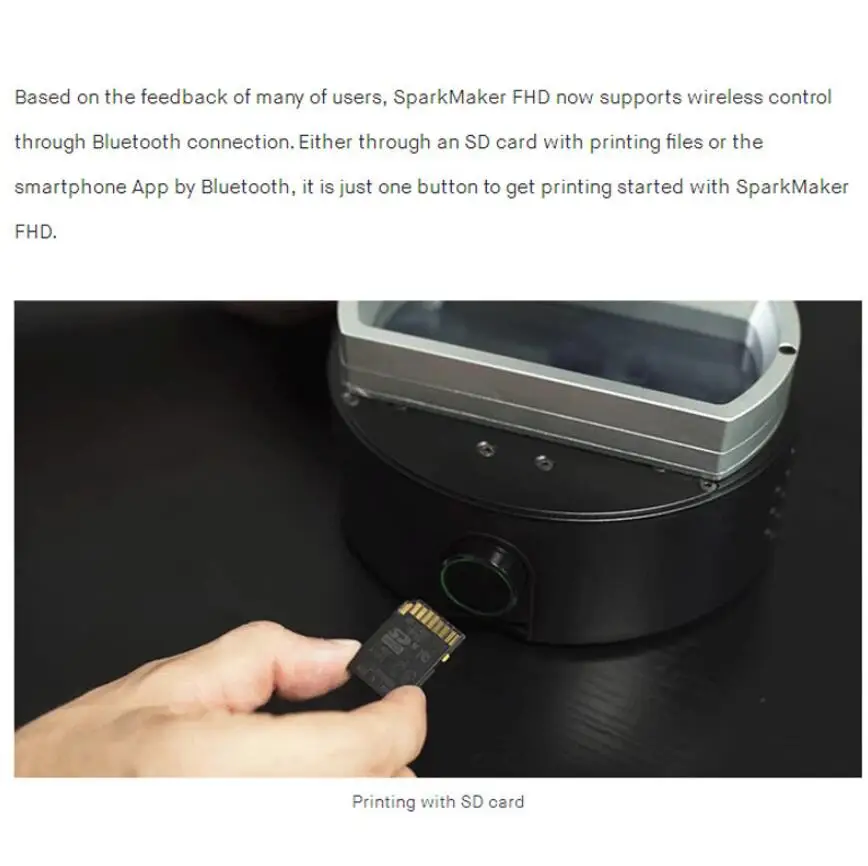
-
Constant development of technologies and expansion of experience in the areas of 3D printing and machine tool building.
-
All equipment is completely designed and manufactured at CNC Barcenas facilities in Spain.
-
The ability to customize the printer for the tasks of each individual client.
-
The best drive and motor components for quality and fast printing.
-
Correction of irregularities during printing (calibration of nozzles and platform).
-
Debugging equipment up to 100% result.
-
The open material system allows a significant reduction in operating costs.
-
Internal cameras in printers that provide remote monitoring of the production process from any device.
-
Easy to operate hardware and intuitive Simplify 3D software.
Cover prototype
Equipment: Discovery 3D Printer, material: 3D850, dimensions: 29 x 19 x 4.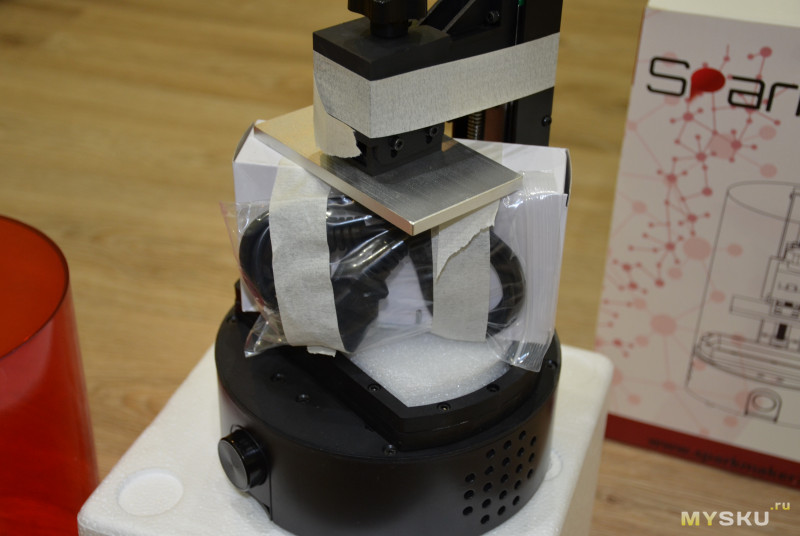 5 cm, weight: 146 g
5 cm, weight: 146 g
Technology and features of the 3D printing process
The FFF (Fused Filament Fabrication) technology used in Discovery 3D Printers is a complete analogue of FDM (Fused Deposition Modeling - layer-by-layer deposition modeling). This is the most accessible and popular additive technology, it is familiar to all users of home 3D printers, but it is also widely used to solve serious production problems. Its undoubted advantages include high productivity, the ability to produce large-sized products and the relatively low cost of equipment and consumables.
The disadvantages of this method are the highest degree of surface roughness among all additive technologies (the quality depends on the nozzle diameter and materials), the risk of plastic spreading and increased sensitivity to temperature changes. Note that the Super Discovery 3D Printer model equipped with a cutter will immediately correct the roughness and post-process the product right in the printer chamber.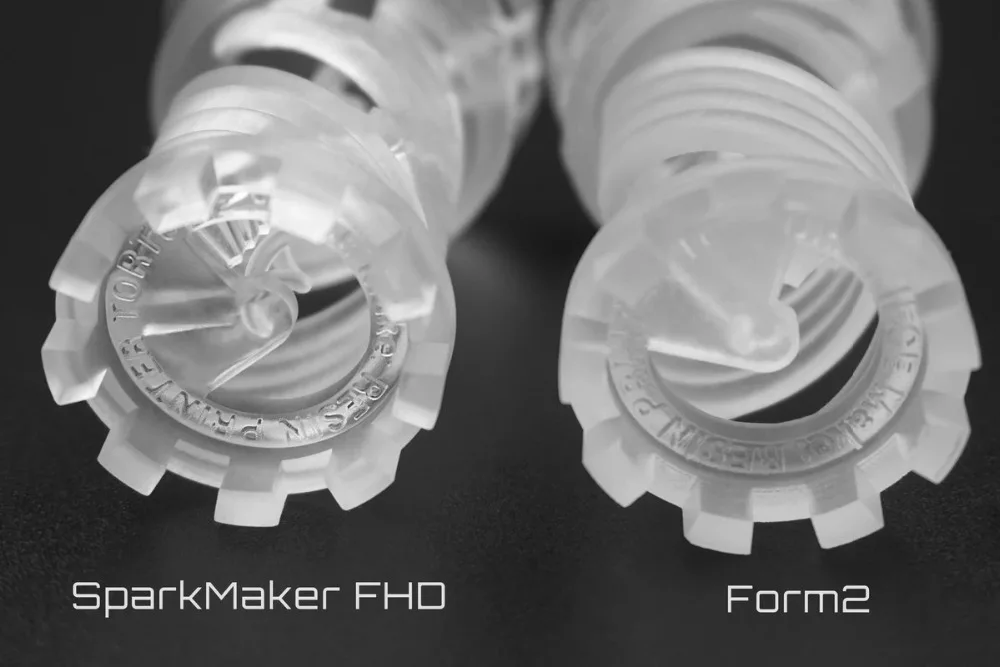
As consumables, thermoplastics or composites are used in the form of threads wound on spools (so-called filaments), or granules. Their range is very diverse and allows you to choose the most suitable materials for the tasks to be solved in terms of physical and mechanical properties - ABS, PLA, nylon, polycarbonates, polyamides, polystyrene, polyethylene and many others.
Building an object in Discovery 3D Printer
The process of creating a product using FDM/FFF technology includes the following steps:
-
Export 3D model to 3D printer software in .stl format.
-
Preparation for printing: division of the model into layers and orientation on the construction platform, if necessary, the creation of supports. The result is a G-code containing all print settings.
-
Printing process by layer-by-layer extrusion (extrusion) of molten material. The extruder (print head) moves from bottom to top along the X and Y axes, the working platform moves along the Z axis.
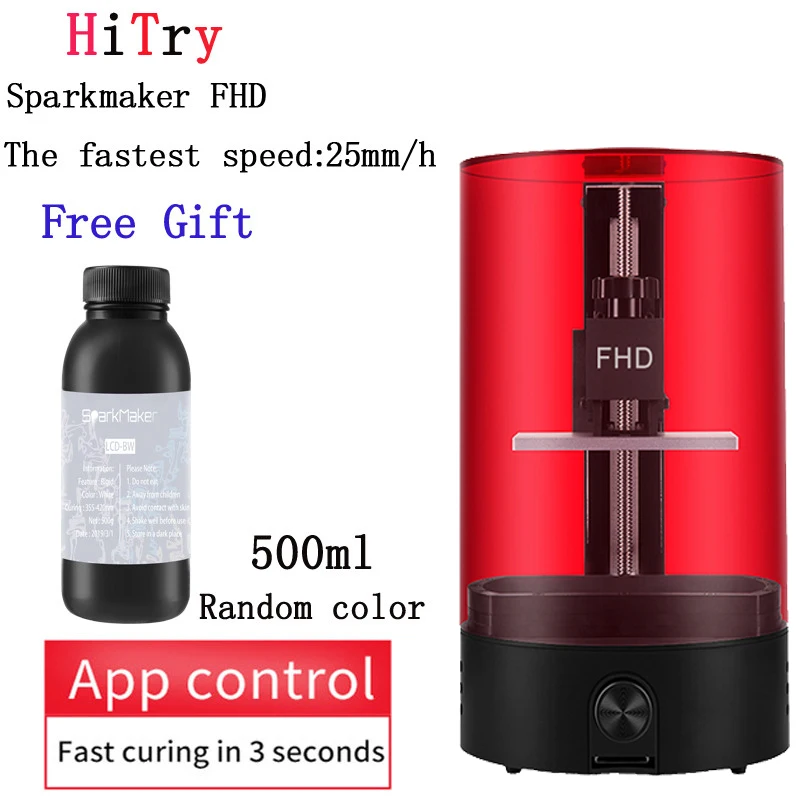
-
Extraction of the printed object from the 3D printer, removal of supports, post-processing.
The filament printing method is used in the junior model of the Discovery 3D Printer line. The Super Discovery 3D Printer and Super Discovery 3D Printer Workstation implement the innovative Direct Extrusion of Pellet technology. The difference from standard FDM is that the consumables are in the form of granules rather than filaments. This method makes it possible to speed up and make more economical the production of large objects.
Helicopter seat
Equipment: Super Discovery 3D Printer, material: ABS with carbon fiber, dimensions: 120 x 70 x 45 cm, weight: 20 kg
Statue
Equipment: Super Discovery 3D Printer, material: ABS with cellulose fiber, height: 1.87 m, weight: 45 kg
Discovery 3D Printer Applications
Every industry is different, which is why CNC Barcenas tailors the 3D printers it produces to the requirements of specific applications and projects that require rapid prototyping or rapid production of end products.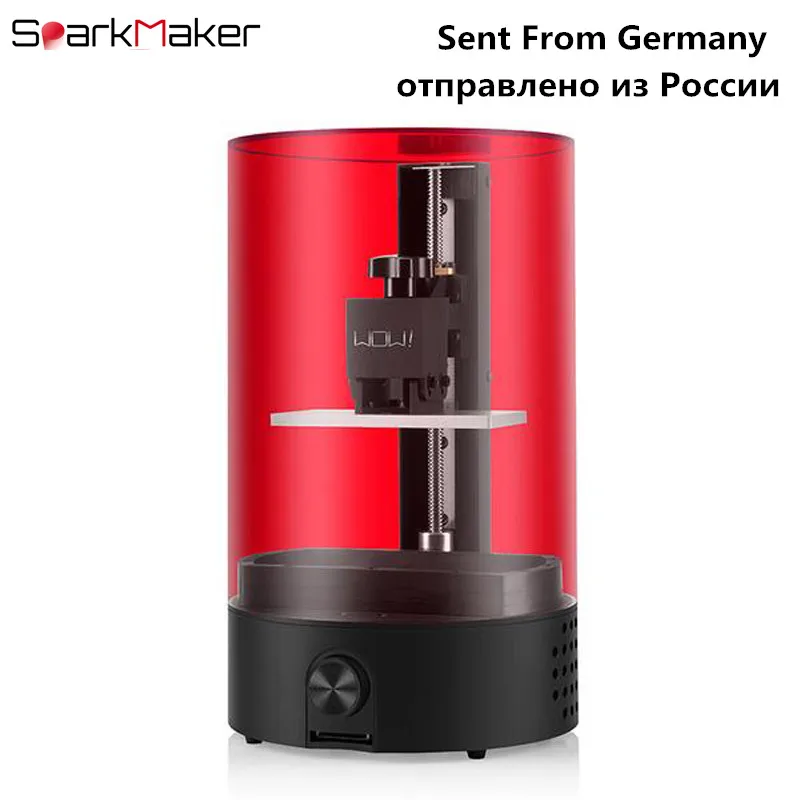 Discovery 3D Printer can be successfully used in the following industries:
Discovery 3D Printer can be successfully used in the following industries:
-
automotive industry;
-
aerospace industry;
-
shipbuilding;
-
defense sector;
-
railway industry;
-
household goods and equipment;
-
furniture industry;
-
architecture;
-
the medicine;
-
education;
-
Industrial Design;
-
3D printing services.
We printed large-sized parts and saved about 70% of the costs that are usually spent on prototyping by subcontractors
Juan Galindo Perez, Prototyping Manager, BSH Spain
Equipment line
Discovery 3D Printer 2021
The industrial 3D printer based on FFF technology is designed for the production of large parts from technical plastics within the framework of complex and long-term projects.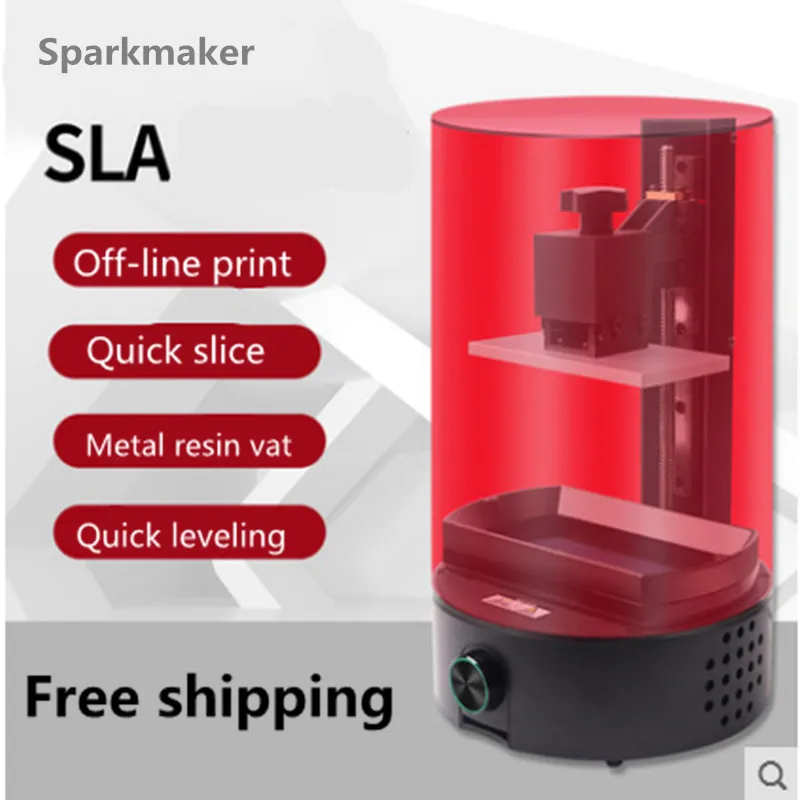 As consumables, all filaments available on the market that conform to the standard 1.75 mm format can be used. The printer is equipped with a built-in dual extrusion system that can be used to create supports and parts from different materials in different colors. Discovery 3D Printer is one of the most attractive solutions on the market in terms of price and quality, given the dimensions of the printed products.
As consumables, all filaments available on the market that conform to the standard 1.75 mm format can be used. The printer is equipped with a built-in dual extrusion system that can be used to create supports and parts from different materials in different colors. Discovery 3D Printer is one of the most attractive solutions on the market in terms of price and quality, given the dimensions of the printed products.
-
Works with ULTEM, PLA, ASA, ABS, PA, HIPS, 3D850, PETG, ABS Medical, ABS Hi and many more
-
Fully enclosed chamber and heated bed (up to 175°C) with auto leveling function that automatically compensates for minor unevenness during printing
-
Build Chamber Size (W x D x H): 1150 x 800 x 500 mm
-
Printer size: 1150 x 800 x 500 mm
-
Weight: 300 kg
-
Extruder (max. temperature): 450 °C
-
Working load: 80-140g/h
-
Print speed: up to 400 mm/s
-
Layer thickness (minimum): 0.
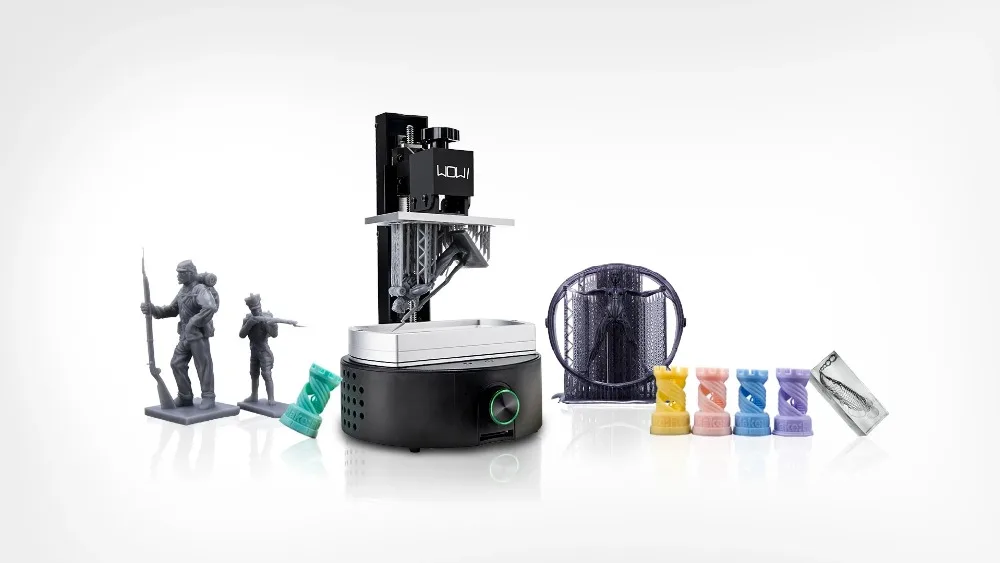 1mm
1mm -
Software: Simplify 3D
Super Discovery 3D Printer
The machine was designed as a one-stop solution for Industry 4.0 to produce large-format parts up to 2.5 m in size. general expenses. Individual configuration is possible for any needs of large industry.
-
Works with all thermoplastics e.g. ABS, ABS CF, PC CF, PPE CF, 3D850, ASA
-
Fully enclosed chamber and heated platform (up to 175°C) with automatic leveling function for the most demanding materials
-
Automatic supply of granules, no restrictions on the amount of material and, as a result, on the weight of the product.
-
Build Chamber Size (W x D x H): factory standard 1300 x 2500 x 1000 mm, custom configuration available
-
Printer dimensions with feed funnel and electrical cabinet: 2000 x 3590 x 3000 mm
-
Weight: 1200 kg
-
Extruder (max.
 temperature): 450 °C
temperature): 450 °C -
Working load: <6kg/h
-
Print speed: up to 200 mm/s
-
Layer thickness (minimum): 0.5mm
-
Software: Simplify 3D
Super Discovery 3D Printer Compact
Compact and high performance industrial grade 3D printer for pellet extrusion printing. The machine is designed to create small and medium-sized products up to 1100 x 800 x 500 mm, and at the same time has all the advantages of the previous model Super Discovery 3D Printer, allowing you to reduce costs and increase print speed.
-
Fully enclosed chamber and heated platform (up to 150°C)
-
Works with all thermoplastics including ABS, ABS CF, PC CF, PPE CF, 3D850, ASA
-
Polymer Granule Direct Extrusion Technology
-
Build chamber size: 1100 x 800 x 500 mm (modifiable)
-
Automatic feeding of granules and no restrictions on the amount of material
-
Weight: 450 kg
-
Extruder (max.
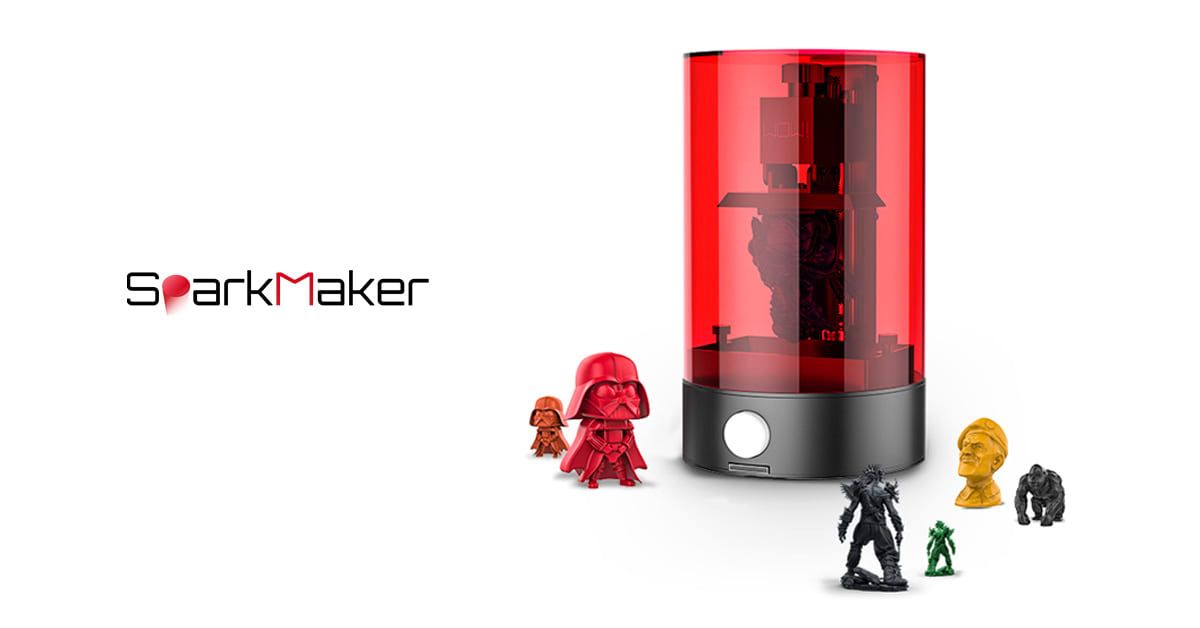 temperature): 410 °C
temperature): 410 °C -
Working load: 2 kg/h
-
Print speed: up to 100 mm/s
-
Layer thickness (minimum): 0.5mm
-
Software: Simplify 3D
Super Discovery 3D Printer Hybrid
A combined solution that implements two additive technologies at once - the filament printing method and direct extrusion of polymer granules, which can also be used separately. The innovative 3D printer works with any thermoplastics and has a build chamber up to 1100 x 800 x 500 mm, which can be modified to suit your individual needs if desired.
-
Combined solution for printing with filaments and polymer granule extrusion technology
-
Fully enclosed chamber and heated platform (up to 150°C)
-
Works with all thermoplastics including ABS, ABS CF, PC CF, PPE CF, 3D850, ASA
-
Build chamber size: 1100 x 800 x 500 mm
-
Automatic feeding of granules and no restrictions on the amount of material
-
Weight: 300 kg
-
Extruder (max.
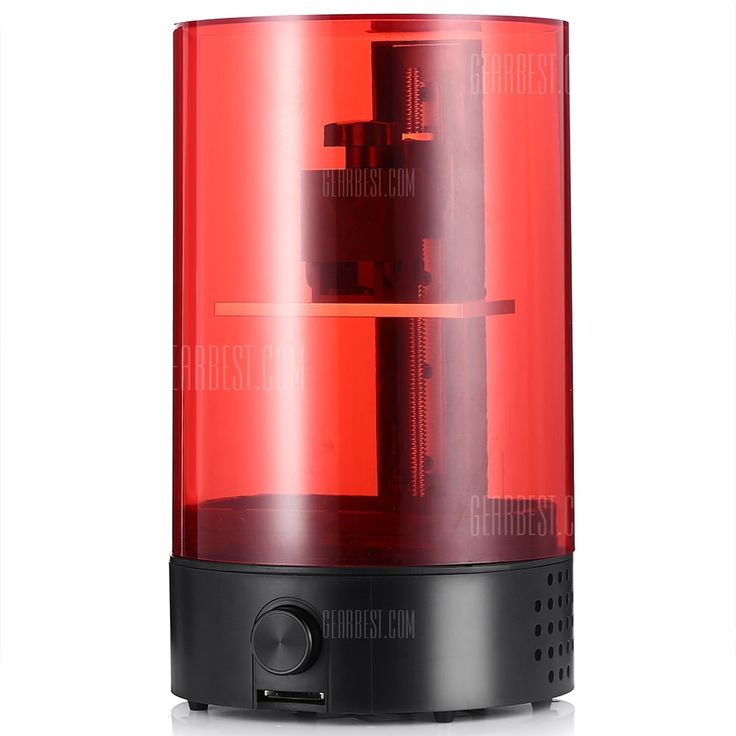 temperature): 410 °C
temperature): 410 °C -
Working load: granules - 2 kg/h, filaments - 80-100 g/h
-
Print speed: granules - up to 100 mm/s, filaments - up to 400 mm/s
-
Layer thickness (minimum): granules - 0.5 mm, filaments - 0.1 mm
-
Software: Simplify 3D
Super Discovery 3D Printer Workstation
The perfect combination of a large format industrial 3D printer and a milling system. The plant is designed for the production of large batches of large parts and prototypes. The principle of operation, just like that of the Super Discovery 3D Printer model, is based on the direct extrusion of granules. The special design allows the entire production process to be carried out, including post-processing, since both the extruder and the milling motor are present on the working platform. The Super Discovery 3D Printer Workstation is capable of performing large-scale post-processing jobs, as well as cutting, punching or 3D engraving on plastic, photopolymer, foam, wood and other materials.
-
Works with all thermoplastics including ABS, ABS CF, PC CF, PPE CF, 3D850, ASA
-
Fully enclosed chamber and heated platform (up to 175°C) with automatic leveling function for the most demanding materials
-
Automatic feeding of granules, no restrictions on the amount of material and, as a result, on the weight of the product
-
Build Chamber Size (W x D x H): factory standard 1500 x 2000 x 1000 mm, custom configuration available
-
Printer size: 2000 x 3590 x 3000 mm
-
Weight: 1500 kg
-
Extruder (max. temperature): 450 °C
-
Working load: <6kg/h
-
Speed: up to 200 mm/s
-
Layer thickness (minimum): 0.5mm
-
Milling motor: high-frequency brushless motor with air-cooled ceramic bearings, speed 4500-18000 rpm.
-
Software: Simplify 3D + CNC software
Case History: FDM Printing for the Navy
By order of the Spanish Navy, the state-owned shipbuilding company Navantia has developed and implemented the Shipyard 4. 0 strategy (“Shipyard 4.0”). The goal of the new business model is to optimize the production process using Industry 4.0 technologies, including 3D printing, robotization, digital twins, big data, artificial intelligence, the Internet of Things, etc. Read more about Shipyard 4.0 in the article.
0 strategy (“Shipyard 4.0”). The goal of the new business model is to optimize the production process using Industry 4.0 technologies, including 3D printing, robotization, digital twins, big data, artificial intelligence, the Internet of Things, etc. Read more about Shipyard 4.0 in the article.
CNC Barcenas has been involved in two R&D projects for additive manufacturing. The first of these is called 3DCABINS and involves the production of fully equipped ship cabins through research and selection of the most suitable materials. For example, on the Discovery 3D Printer and Super Discovery 3D Printer installations, prototypes of a modular toilet for a naval ship were made. Compared to traditional production methods, the weight of the products has been reduced by almost 50% and their cost has been significantly reduced. The second project, ADIBUQUE, uses 3D printers to manufacture complex components for the navy sector, which are installed and tested on ships under construction.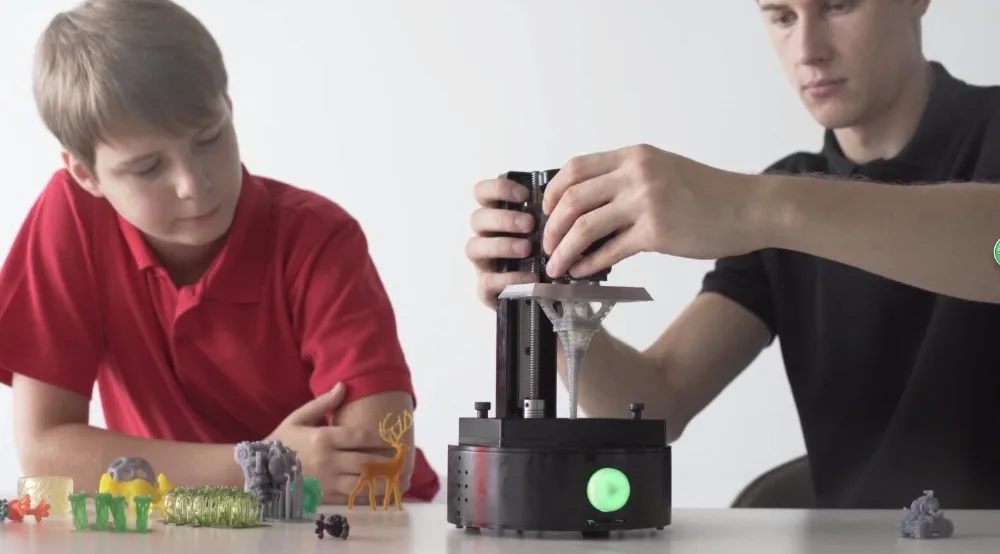
Objects printed on the Super Discovery 3D Printer for the 3DCABINS project:
- modular toilet, material: flame retardant ABS, dimensions: 2200 x 1700 x 1200 mm, weight: 250 kg
– ventilation grille, material: ABS with carbon fibre, dimensions: 59 x 89 x 4.5 cm, weight: 3500 g
Using the Discovery 3D Printer enabled Navantia to:
-
modernize the production process and increase productivity;
-
reduce production and assembly time;
-
reduce labor costs;
-
reduce the amount of work on processing and painting;
-
increase the energy efficiency of production;
-
improve product quality.
Summary: briefly
The Discovery 3D Printer is a Spanish-made range of additive machines with an excellent price/performance ratio for creating large-sized products and prototypes.